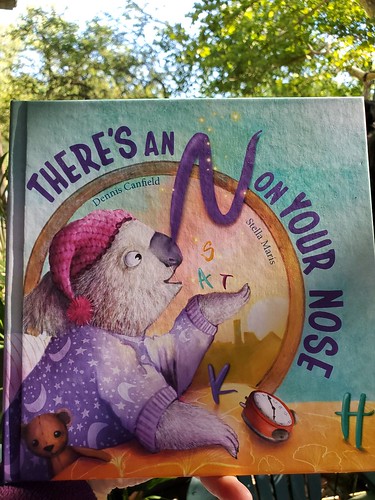One of the very best things about reading is starting. Whether it’s with your own kids, your classroom, or kids you know and love, watching them make connections and learn is magical. You might choose to read to them with books you’ve known and loved for years, or embark with new discoveries.

